In this article, I will explain my thoughts on why Turkey is culturally European, with not much known but very specific examples.
The unique location of Turkey and being a bridge between geographies always confused foreigners who try to classify Turkey.
Honestly, our geography between Asia and Europe also puzzles Turkish people. Yet, geography is not the solution to Turkey being European.
Throughout my life, Turkish Europeanness’ became a debate. Now, I am not discussing this anymore, and I am sharing the link to this article to express my views.
I will give specific details in my post.
Even if you do not agree with me, I think I can convince you or at least change your perception of Turkish Culture and its influence on European culture and history.
Why is Turkey considered European?
European countries are a diverse set of countries like Estonia, Spain, Ukraine, the UK, Germany, and also Turkey is one of them.
What makes them European is their shared culture and history, not where they have territory.
Turkey is neither one of the countries influenced by European culture nor taught how to be civilized by Europeans.
Turkey is a part of European civilization because Turkey is a contributor to European culture and has always been one of the shaping forces in European history since the Middle Ages.
Turkey is also a founding member of major European institutions, and Turkish society embraces European legal, democratic, and liberal principles.
It is also argued that Turkey is not a European country on the basis of religion. Yet, as far as I am aware, Europeanness is not defined by Christianity.
If you wish to know why Turkey is classified as a first-world country and a Western country, please read my article on this. In this article, I will write more about why Turkey is part of European culture.
1. Turkey is a European Democracy
Today, you may criticize Turkey’s democracy and other practices. Today’s brightest American and European democracies have also lived their dark times and learned from their mistakes.
Please look at the trajectory of Turkish democracy, not Turkey’s today.
Even today, Turkish democracy may be the worst in Europe but one of the best when compared with the rest of the world.
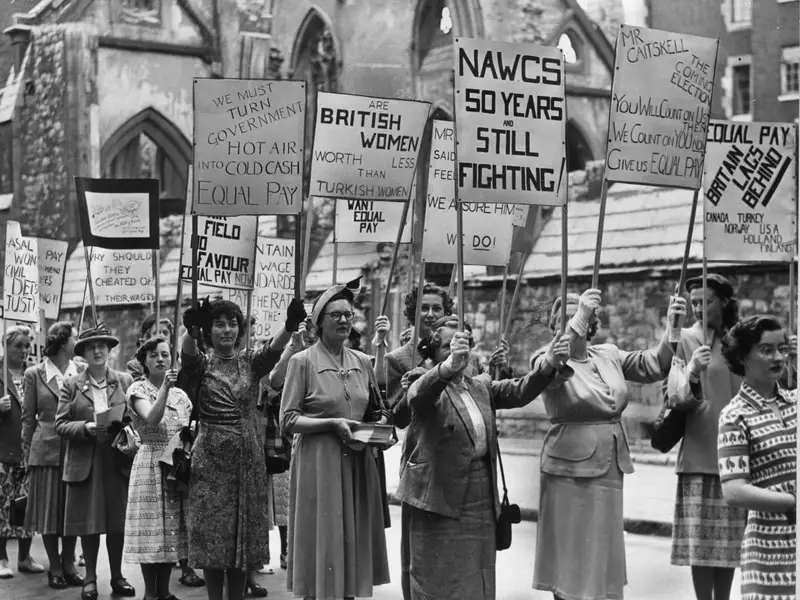
Remember, just 80 years ago, when Europe was living through its darkest moments during World War 2, Turkey was the beacon of hope in Europe.
In the 1940s, Turkey was one of the most democratic countries in Europe, with equal voting rights for women, a secular Republic, and a liberal economy.
At that time, Turkey faced existential threats from Germany in the West and Communist Soviets in the East, yet Turkey did not abandon its core values.
In those times, Turkey provided a safe haven for all regardless of their religion and provided an example of what Europe should be.
Many Turkish institutions benefited from the expertise of these refugees, like my law school, Istanbul University, and Law School.
Professor Andreas Bertalan Schwarz, a jew of German origin, is still respected for his deed for the teachings regarding civil law among Turkish legal scholars.
Turkish Women earned their legal rights earlier than major European countries. To learn more, please read Turkish Women – How and Why They Are Different?
2. Between 1500 and 1850, Turkey was a major power in Europe.
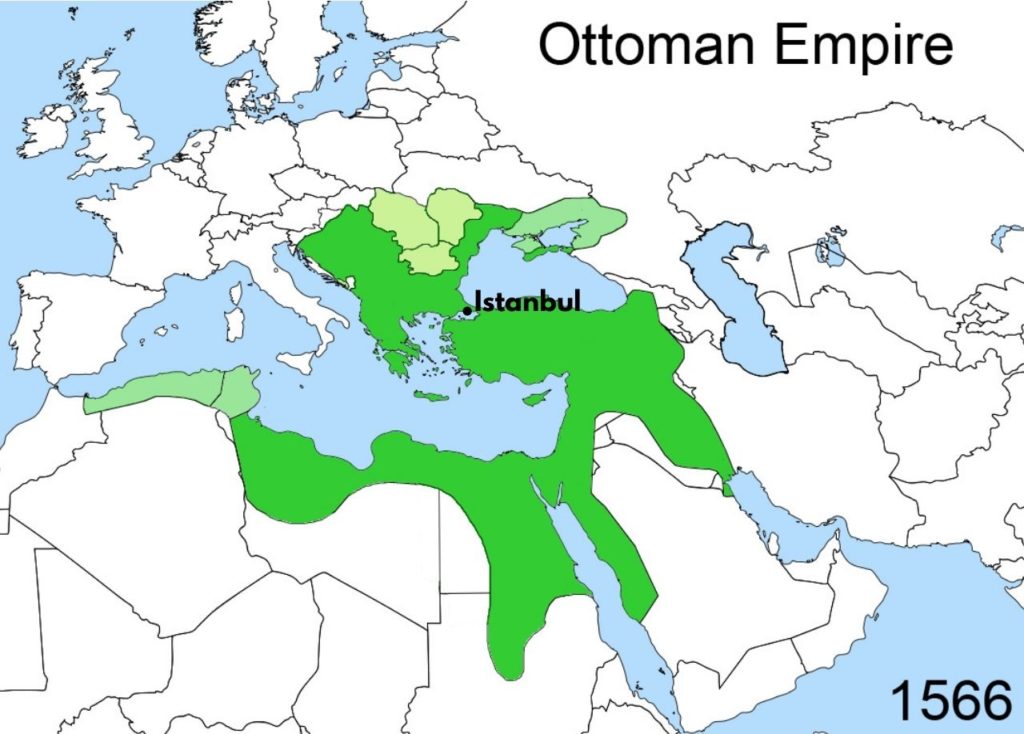
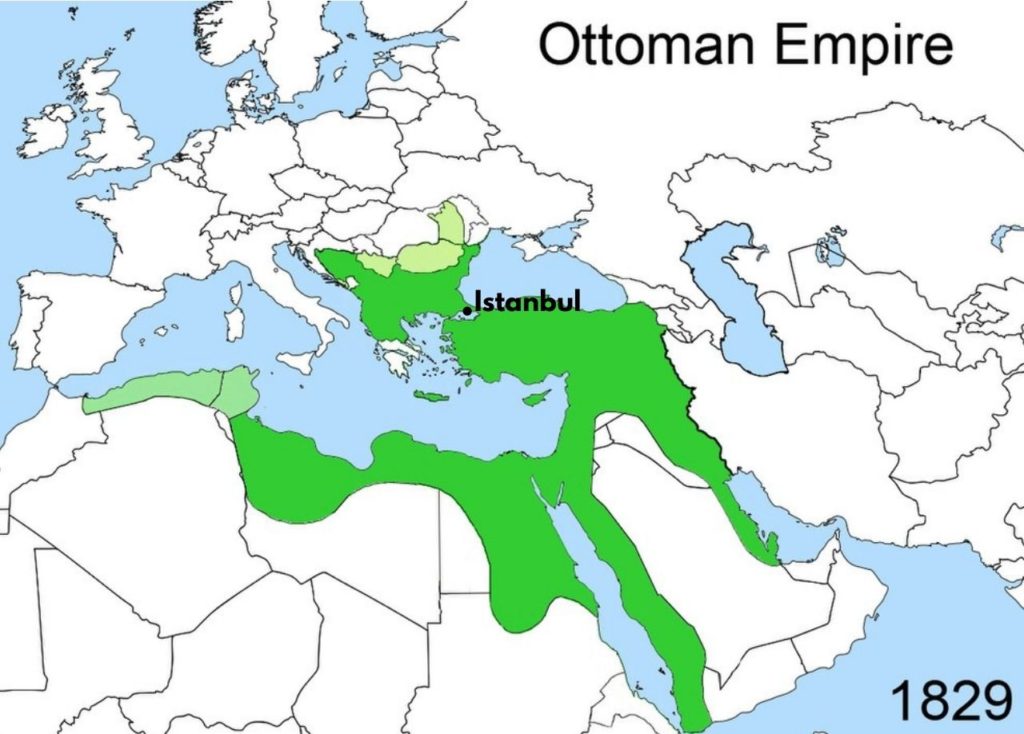
The Ottoman Empire was an Empire controlled by Turks and the Turkish Dynasty of Osman.
Turkey is one of the oldest countries in Europe and one of the sources of European civilization. Between the Middle Ages and World War I, Turkey was one of the most advanced countries in Europe.
The Turkish Empire controlled Southeast Europe and parts of North Africa and the Middle East for centuries.
During the Ottoman Empire period, Turkey played a major role in European history.
If I were to write them all, It would be a book on its own. Below, I just wanted to give lesser-known major facts about Turkish and European history.
3. Turkish Culture is one of the main pillars of European Culture
Turkey is European not because of its geography but because of its influence and net contribution to European culture.
Turkey is not one of the embraced Western values. Turkey has contributed vastly to the creation of European culture.
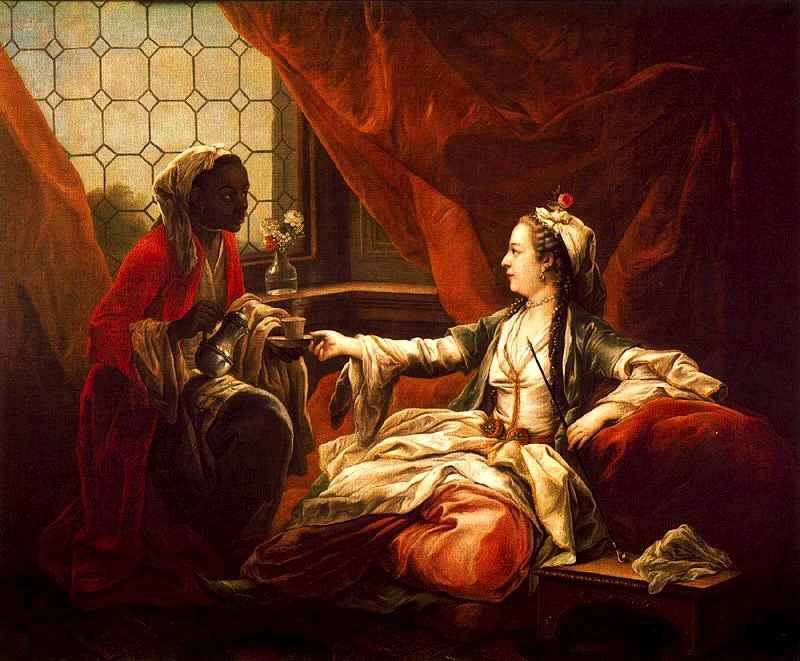
Turquerie was the name of the fashion trend in Europe from the 16th to 18th centuries, imitating aspects of Ottoman art and culture. Europe was fascinated by Turkish culture.
Besides fashion, many well-known artists in Europe are known to be influenced by Turkish art and music.
Besides being a pen pal and ally of the Turkish Sultan, even Elizabeth I was a fan of Turquerie fashion. More on this down below.
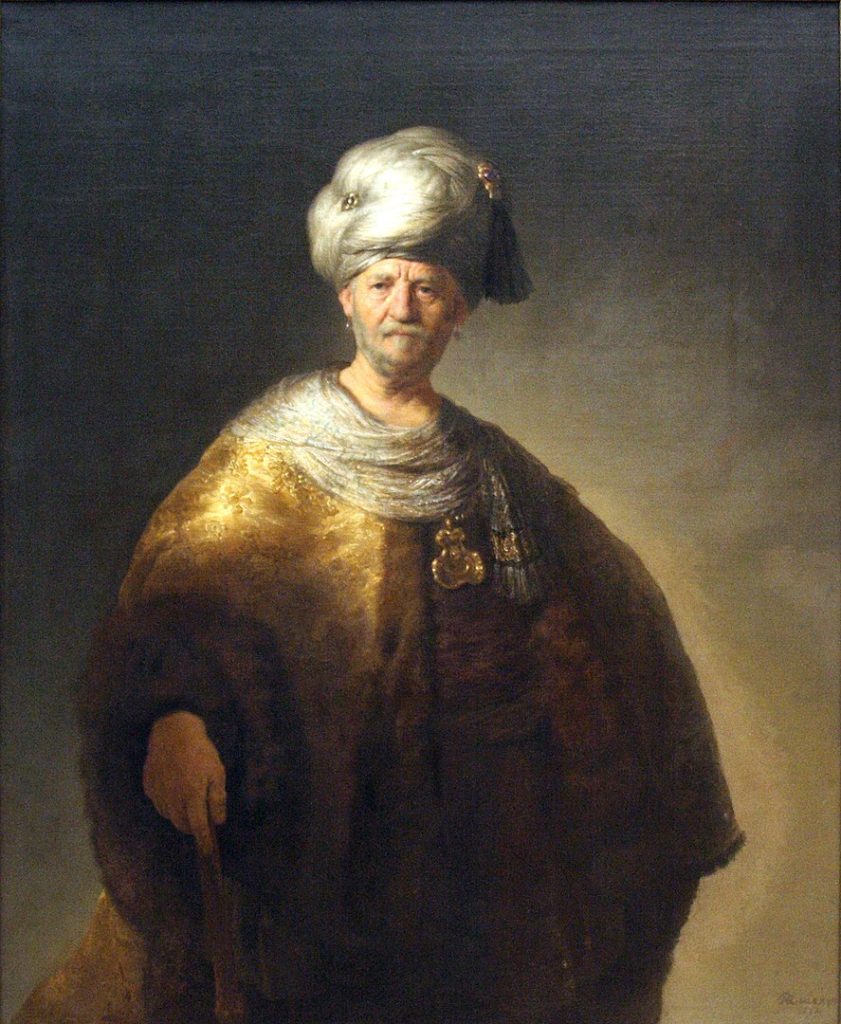
Rembrandt is one of the greatest visual artists in the history of art and one of the most important Dutch painters of all time.
Rembrandt was also influenced by Ottoman culture and thought Turkish fashion symbolized greatness and honor.
Turkish March (Rondo Alla Turca) was a masterpiece composed by Mozart, inspired by Turkish music. Rondo Alla Turca was composed in 1783.
Mozart had many works inspired by Turkish culture. His opera Die Entführung aus dem Serail (The Abduction from the Seraglio), also known as Turkish opera, tells a comic story of a Turkish noble.
In the opera, the Turkish noble seems sinister in the beginning but is demonstrated as noble and generous in the end.
Mozart’s Violin Concerto No. 5 is also often referred to by the nickname “Turkish” Concerto. The music composition contains slow parts interrupted by Turkish music.
There are countless European art masterpieces inspired by Turkish culture and arts. Yet, the last example I will give is from Beethoven.
Beethoven’s 9th Symphony, the most-played composition of all time and the official European Union anthem is partially inspired by Turkish music.
4. Turkey is a Founding Member of European and Western International Organizations
Even when half of Europe was experiencing communism, Turkey was an equal member of the democratic Western World.
Turkey is a founding member of the Council of Europe, OECD, and G20, a member candidate to the European Union, and one of the oldest members of NATO.
Turkey is a regional power in Europe and the Mediterranean and has been part of the Western Alliance since its foundation.
In addition, Turkey is in accession negotiation with the EU and is in the Customs Union with EU countries.
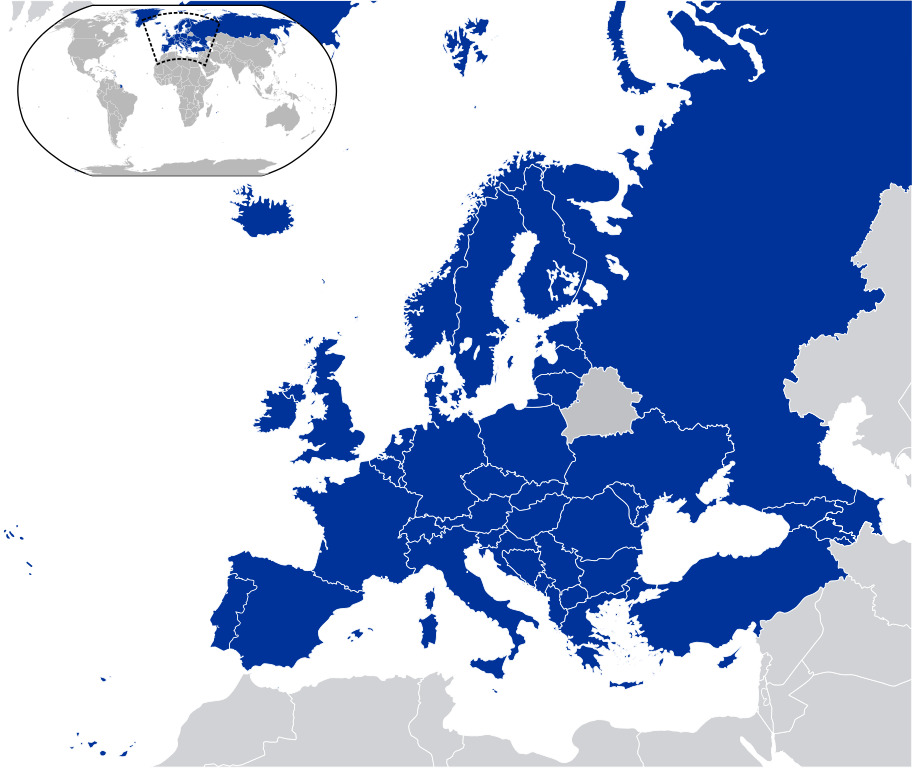
Turkey is one of the 12 founding states of the Council of Europe. Today, all European countries are members of this organization.
The Council of Europe was an international organization in 1949 after World War II to uphold human rights, democracy, and the rule of law in Europe.
The only European countries that are not accepted to the Council of Europe are Belarus and the Vatican.
Belarus is not accepted as a member because its human rights record is not complying with European standards. The Vatican is not a member because it is a theocracy and not a democracy.
5. Turks helped to save Britain from the Spanish Invasion
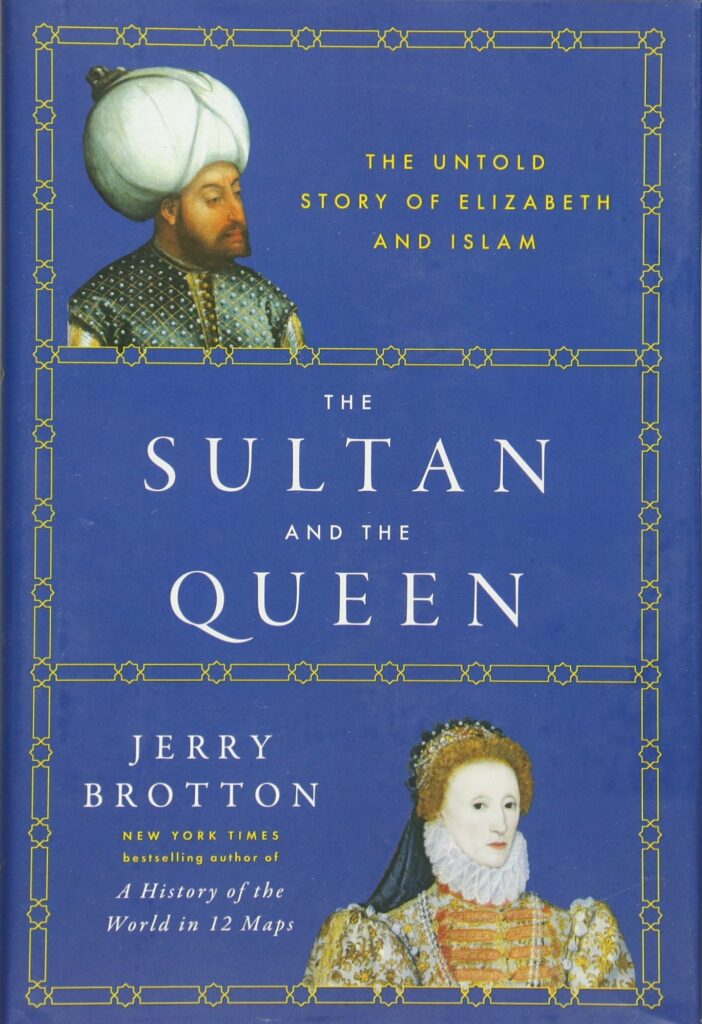
The main English ally was the Turks against the Catholic World, but this fruitful alliance is not emphasized as other deeds of Elizabeth I.
Lately, British historians started to acknowledge that Turks played a major role in defeating the Spanish Armada and preventing the Spanish invasion of England.
I learned this after reading the Guardian‘s article “Why we must thank the Turks, not Drake, for defeating the Armada.”
In the era of Elizabeth I, Turks and English coordinated many of their European strategies.
During crises, the Turkish Navy was dispatched to attack Spanish positions in Spain and Italy. For these reasons, the Spanish could not direct all their efforts to invade England.
The Ottoman Navy and its galleys were the most effective and biggest naval force in the Mediterranean.
Spanish ocean-faring large ships lacked the maneuverability of the Turkish fleet and were ineffective in inland seas like the Mediterranean.
For these reasons, the Turkish Navy was the main naval power controlling the Mediterranean and the Black Sea.
Elizabeth I was also one of the followers of Turquerie fashion, and she is known to wear Turkish accessories and earrings.
Elizabeth I and Turkish Sultan Murad III were Pen Pals, constantly writing to each other and exchanging views.
It is known that Elizabeth I thinks Islam and Protestantism are similar and should unite against the Catholic World.
6. France and Ottoman Alliance lasted for centuries
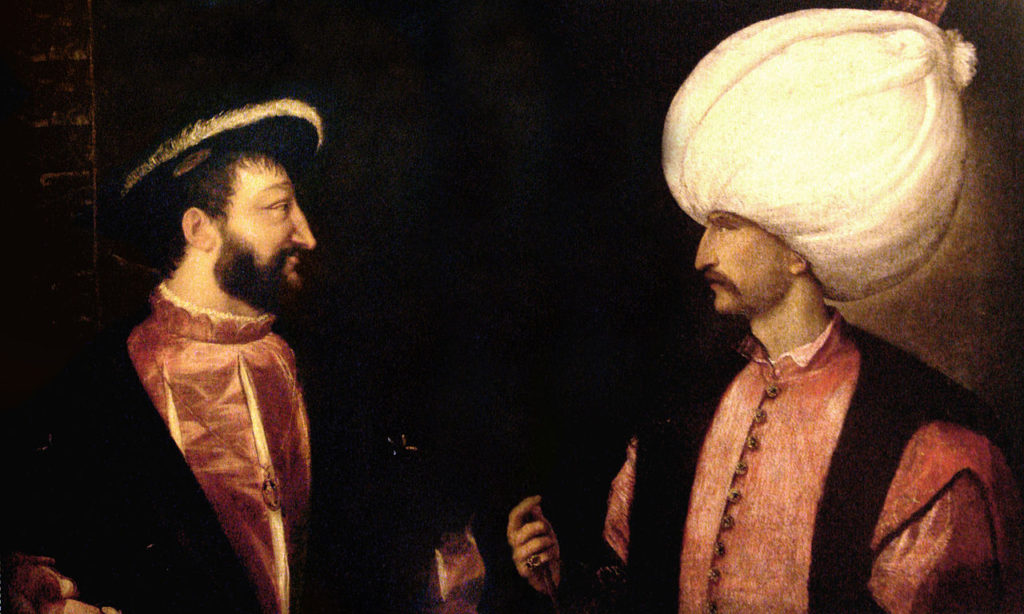
At the beginning of the 16th century, the House of Habsburg was a massive force that controlled Central Europe, Spain, and parts of Italy.
Francis I, and France were threatened by the House of Habsburg in 1526 and sent a delegation to Istanbul asking for assistance from the Ottoman Empire.
From that year on, Turkey and France supported each other in European affairs, and they formed a political bloc that would balance other Central European powers.
After this alliance, French culture also started influencing Turkey. This political union has also affected both cultures. For example, today 5% of the Turkish language words are loanwords from French.
The debt of cultural sharing with France is extensive. Turkish language, even though the Ottoman Empire controlled Arabic territories and shared the same religion with Arabs, has fewer common words with the Arabic Language.
Most Arabic loanwords are religious terms, whereas French loanwords influence every aspect of Turkish culture.
If you think the Turkish language is Arabic, you are very wrong. Please check my article on Turkish and Arabic Languages.
The Franco-Ottoman alliance that began in 1590 continued for more than two and a half centuries until Napoleon attacked Ottoman Egypt between 1798 and 1801.
7. Turkish Military Tactics Ended Feudalism in Europe
Turkish military tactics and cannons breached the walls of Istanbul, which were considered unreachable.
The employment of cannons and other siege tactics By Turkish Sultans changed the political landscape of Europe.
The castles were more easily breachable with this new technology. As a result, bigger countries were formed in Europe, and the Feudal Ages ended in Europe.
Suggested Reading: Why and When did Istanbul Become Constantinople? A Local Answers
8. Turks Intervened in Europe in desperate times
The Turkish Empire provided sanctuary to desperate people and also to European Kings fleeing from their rival forces.
World War II was not the first time Turkey saved European Jews.
In 1492, Turkey dispatched its flotilla to save and provide sanctuary to Spanish Jews when they faced the Spanish Inquisition.
Today, Turkish Jews living in Turkey are mostly descendants of people fleeing the Spanish Inquisition.
During the Irish Great Famine, Turks were also there.
The Turkish Ottoman Empire donated 2000 Pounds, but Turks also sneaked their supply ships to the Irish city of Drogheda by breaking the English blockade. Source
For this reason, the crescent is one of the most used symbols in the Irish city of Drogheda.
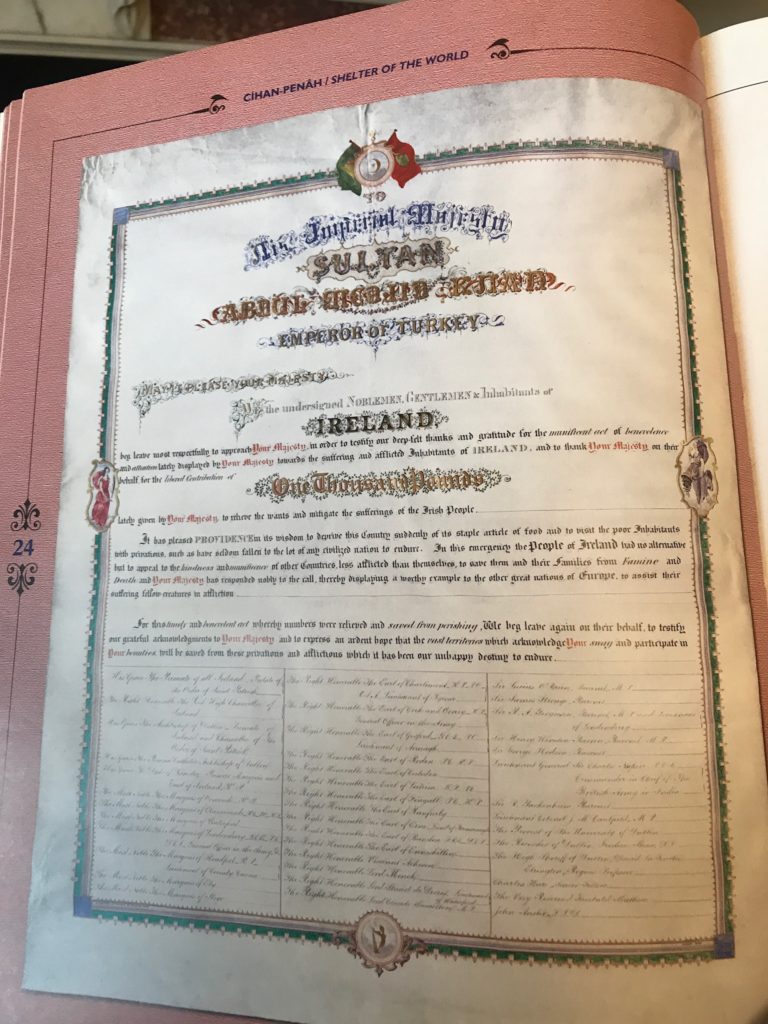
9. Turks preserved the Orthodox Sect of Christianity
Turks saved Orthodox Christianity in Eastern Europe by fending Catholic powers from the Balkans. Turks also preserved the Orthodox Patriarch of Istanbul.
Today, the Serbians, Greeks, Bulgarians, Hungarians, and many other European communities are still Orthodox Christians because of Turkish rule over Southeast Europe, not letting Catholic powers assimilate the Balkans.
Turkey, unlike other European powers, continued Roman Empire traditions and tolerance of other beliefs. For this reason, assimilation was not the state policy of the Ottoman Empire.
10. Even IKEA’s Swedish Meatballs are Turkish

Turkish is embedded in European culture so much that Turkish cultural roots in European culture are hidden in plain sight.
Charles XII of Sweden sought refuge in the Ottoman Empire between 1709 – 1714.
By the time he left, he had left with great knowledge of Turkish culture and many Turkish soldiers. Those soldiers later did not return to Turkey and created Askersson surname in Sweden. (the word asker in Turkish means soldier).
Charles XII is known to have started popularizing the Turkish habit of drinking coffee.
Apparently, another thing he imported to Sweden was the Turkish meatball recipe.
Recently, the Swedish government admitted IKEA’s meatballs are Turkish meatballs, despite the objections of IKEA. Source Source 2
About the geography of Turkey, please read “Is Turkey in Europe or Asia? Major Things to Know“
11. Turkey as the Ultimate Villain of Europe
As a major European power with a different religion and different language, Turkey was something to be feared in the European mind. It was a significant other in Europe.
Turkish fear is still strongly embedded in some European cultures. “Mamma li turchi” in Italian and `Türkengefahr in German are some of the popular expressions relating Turkish people to fear.
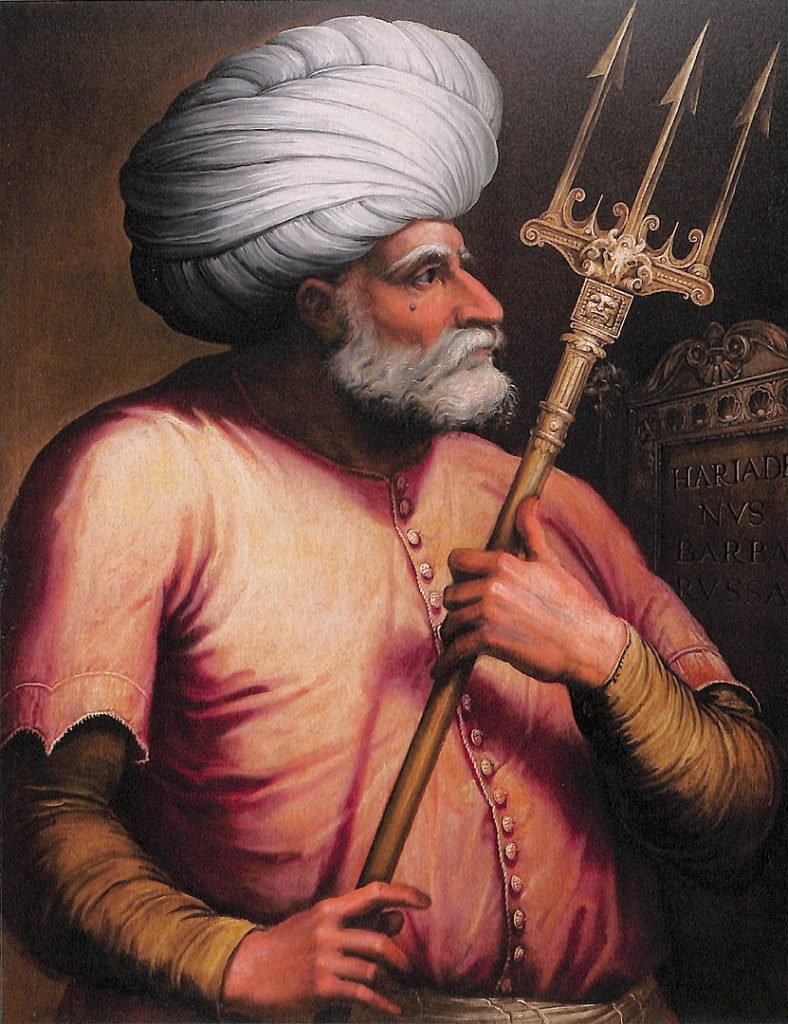
Another example is the fictional Spanish pirate Barbarossa. He is Barbaros Hayreddin Pasha, the grand admiral of the Turkish navy, who is characterized as one of the ultimate villains in Spanish culture.
In 1480 and 1610, the Turkish sieges of Vienna created so much fear in European nations that twice as many books were printed on the Turkish threat to Europe than the discovery of the New World. Source
This subconscious rejection and fear, I believe, is the major barrier that Europeans not accepting the Turkish people as European.
Yet Turkish culture is everywhere in European culture, from crescent-shaped croissants to yogurt.
Not many countries in Europe shaped the destiny and culture of Europe, like Turkey.
Turkish people have strong stereotypes, especially in Europe. Learn more about Turkish physical and cultural characteristics as well as Turkish history by reading Are Turks White Caucasian? Who is a Turk?
12. Geographical Location of Turkey
Here are my geographical arguments if you still think Europeanness is defined by geography.
Turkey is a transcontinental country located in both Asia and Europe. According to the classical definition of Europe, 97% of Turkish territory lies in Asia, and 3% of its territory in Turkey is in Europe.
The European part of Turkey is called the Thrace region, and Turkish European territory is nearly the same size as the country of Belgium.
The Turkish population living in the European side of Turkey is more than Belgium’s total population, which is around 12 million.
Yet, in reality, Europe is not a continent. Europe is a peninsula of Asia. Europe being a separate continent is an artificial term. You can best understand this artificial reality in Istanbul.
Istanbul is a city located in Asia and Europe, yet there is no difference between both sides of Istanbul.
Antalya, one of the major tourist destinations of Turkey, is considered to be in Asia.
Still, south of Antalya, further away from Europe, Cyprus is considered in Europe, but the Turkish coast is considered in Asia.
You may also like to read
- Turkish Women – How and Why They Are Different?
- Are Turks White Caucasian? Who is a Turk?
- Is Turkey a First World Country?
- 17 Famous Turkish Fashion Brands That You Can Shop Online
- Why and When did Istanbul Become Constantinople? A Local Answers
- Turkey in Europe or Asia? 5 Major Things to Know
- What do Women Wear in Turkey? A Turkish Answers
- Is Turkey in the Middle East? Major Things to Know

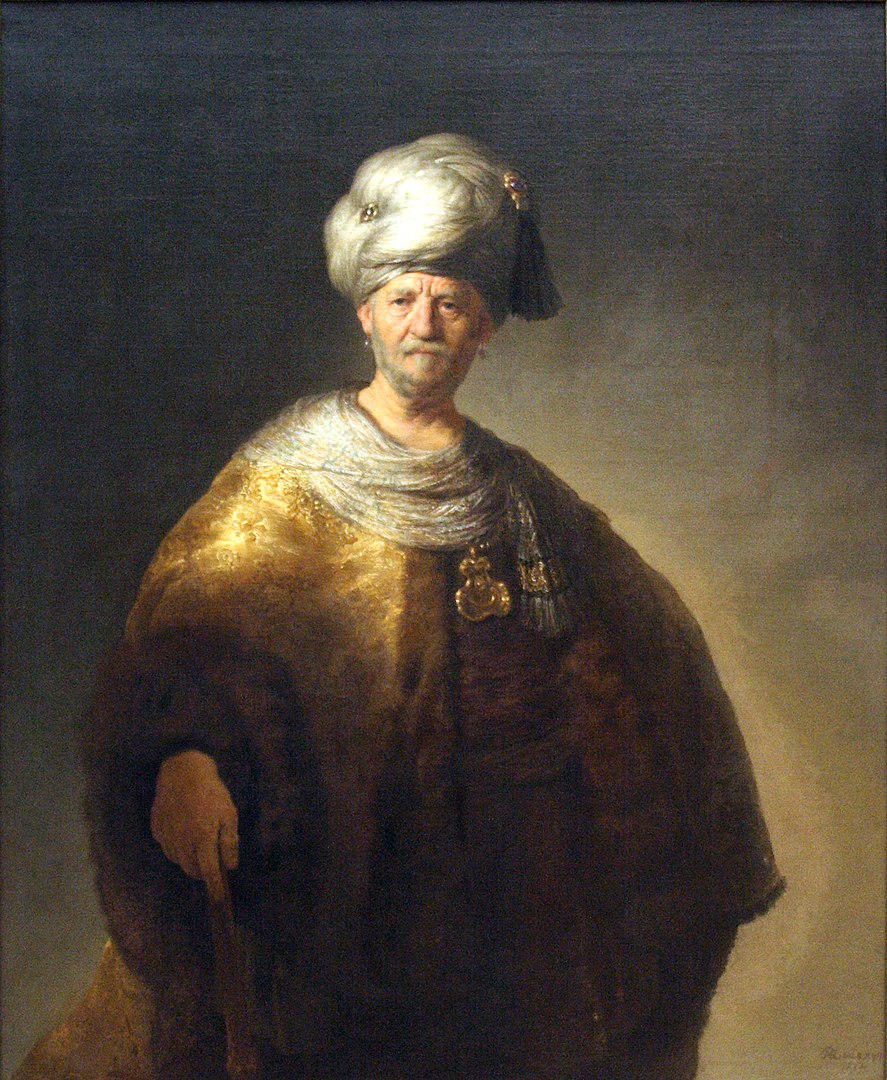
Thanks for the insight.I am a political science graduate….I studied a lot about Turkey.I now live in Turkey and will learn as much as I can.
Turkey is behaving as an Iron Curtain, Asiatic, country.
A real eyeopener, how much Turkey did for the Europeans – maybe it’s time to accept and understand the Turks better, this article helps a lot.
they are two turkeys the western turkey which is more European than you have the Anatolian turkey which is completely different culturally and the way they behave
the European site has nothing to do with the east Turks
so when you talking about Turkey its a matter of how you see it
Yet, the Anatolian population is very low compared to Western Turkey and coastal cities’ populations. More than a third of Turkey’s population lives in Istanbul alone, not counting other Western cities.